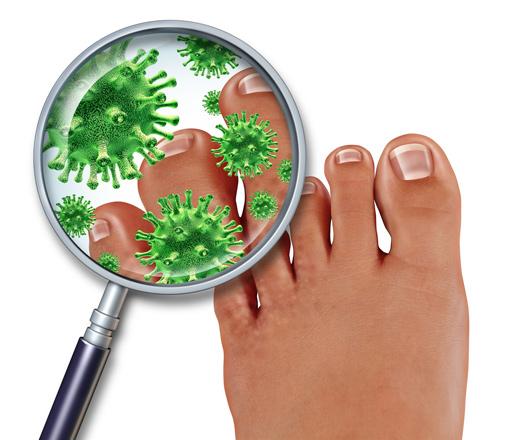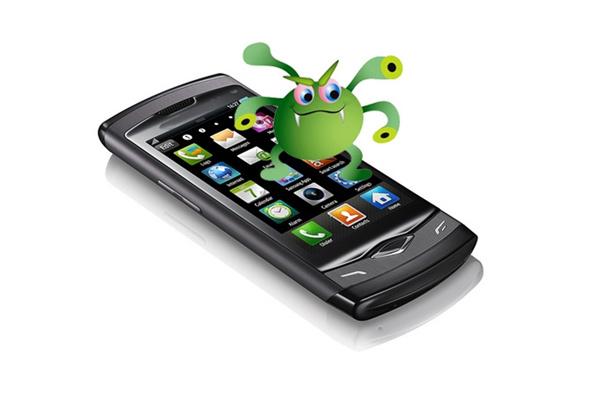You are here
The health risks lurking at nail salons
By Dr Dana Fara’neh Batayneh , Family Flavours - Jun 11,2018 - Last updated at Jul 21,2018

Photo courtesy of Family Flavours magazine
Dr Dana Fara’neh Batayneh
Dermatologist
Regardless of whether it is your way to relax and pamper yourself, or to be healthy with clean and strong nails, manicures and pedicures can be a major health hazard.
You can catch many skin diseases very easily, even at the best nail salon. Examples are warts, bacterial infections of the skin, infection of hair follicles in the legs and, most commonly, fungal nail infections.
Fungal nail infections affect fingernails, and more often toenails. Although they rarely cause serious complications (only in diabetics or people with low immunity), they are quite challenging to diagnose and treat. They usually cause annoying symptoms like a change in nail colour (usually yellow or black), thick and weak nails that break easily and also pain and discomfort when trimming nails or simply walking.
Risk factors
Fungal nail infections are contagious, and nail salons are a very common source (if not the most common source) for women. We diagnose hundreds of patients with fungal nail infections in Jordan every year. In most of these cases, the only risk was having her nails recently done at the nail salon.
Other causes of fungal nail infections are places that are always wet and moist, like your gym or the swimming pool. Repetitive trauma to your nails (from tight fitting shoes for example) also makes it easier for fungus to cause an infection. Wearing socks and shoes for a long period of time makes a perfect moist environment for fungus to grow.
You can avoid fungal nail infections by…
Choosing comfortable shoes to avoid repetitive trauma to your toenails
Drying your feet thoroughly after washing them, swimming or showering
Avoiding walking barefoot in swimming pools or gyms
Practicing good nail hygiene by frequently washing your nails and drying them, cleaning your nail tools regularly and staying hydrated
Having a balanced diet. Diet is important for the immune system, so proper nutrition can help to fight toenail fungus. Consult with your doctor if you have any deficiency so they can prescribe the appropriate supplements for you
Visiting your dermatologist at the earliest sign of any nail changes
Choosing your nail salon very carefully
You can ensure your safety at the nail
salon by…
Avoiding shaving your arms or legs before going to the nail salon: Do not go if you have any open wounds or cuts in your skin. This can be a very easy entry point for micro-organisms
Being very meticulous when choosing your nail salon: Do not disregard any signs that show bad hygiene — chances are, employees there are not properly sterilising tool.
Avoiding trimming your cuticles at the nail salon: As tempting as it may be, this is the worst thing you can do for your nails. First of all, cuticles are there for a reason — under the cuticle lies the nail matrix, which is responsible for nail growth. Removing the cuticles makes it easier for fungus and other micro-organisms to enter the nail matrix and cause an infection. In addition, the nipper used to cut the cuticles can very easily transmit fungus in nail salons that do not abide by strict disinfection protocols. Ask the technician to skip this step or to push them back very gently instead (although I don’t prefer this, as it is not very safe either).
Investing in your own tool kit: Let us face it, you can never be 100 per cent sure the tools used in the salon are properly disinfected every single time. And chances are, according to studies, they are not
Cleaning nail tools to avoid transmitting nail fungus
Sanitisation involves removing any dirt or debris from the tools, washing them thoroughly with soap and hot water and scrubbing them clean. They dry using a new disposable paper towel.
Disinfection, which follows sanitisation, involves completely immersing the nail tools completely in a liquid sterilant that is effective against all microorganisms for a certain period of time depending on the type of liquid used, or by autoclaving: an autoclave is a device that uses high pressure and temperature to kill bacteria, viruses and fungi. Since liquid disinfectants have different levels of activity, an autoclave is the safest sterilisation method. You can ask your nail salon which method of sterilisation they use.
Other tools that should be cleaned regularly in the nail salon include foot tubs or basins, towels and tabletops. Foot tubs are very difficult to clean, because microbes are not only lurking on the surface of the tub, but also inside the pipes. So it is wise to skip the step of soaking your feet in the foot bowl!
Reprinted with permission from Family Flavours magazine
Related Articles
HONG KONG — Gently unwrapping clingfilm covering the old man's damaged feet — skin darkened and cracked, nails lumpen and deformed — the Hon
What’s the one item that never leaves your side?It goes into the bathroom with you. You use it in the kitchen.
PANAMA CITY — Cocooned from the outside world, some 200 critically endangered golden frogs are living a sheltered existence in Panama, prote



















